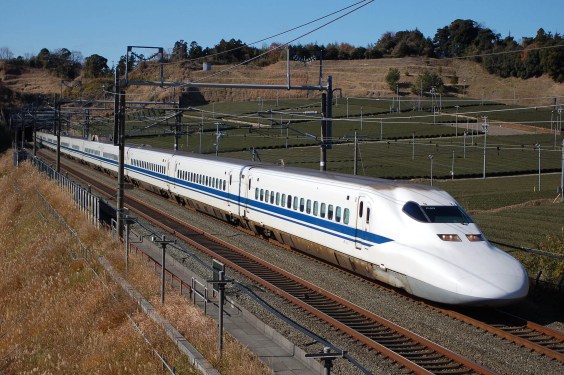
Summer is barely over but this much is already clear: Traffic safety on American streets is taking a big step backward in 2016.
During the first five months of the year, traffic deaths rose 9 percent over 2015 levels, reports Bill Holloway at the State Smart Transportation Campaign. It's even worse if you compare to 2014 -- traffic deaths have increased a staggering 17 percent since then.
One factor is that people are driving more as gas prices plunge and the economy grows. But the increase in mileage isn't large enough to fully explain the mounting death toll. And in a disturbing related trend, pedestrian and cycling deaths are rising faster than overall traffic fatalities.
What is going on? Holloway searches for potential explanations:
Although there is no good data available on bicycle and pedestrian miles traveled, the number of bike and pedestrian commuters estimated in the American Community Survey shows the rough magnitude of changes in bike and pedestrian activity in recent years. Between 2010 and 2015 the number of bicycle commuters in the U.S. increased by 30 percent, climbing from 685,000 to 890,000; while the number of people walking to and from work increased by 8 percent, from 3,834,000 in 2010 to 4,153,000 in 2015 -- a roughly 11.5 percent gain in total non-motorized commuters. However, during this same period, while total annual VMT climbed by only 4.9 percent, the number of fatal crashes involving bikers and walkers climbed by 27 percent, according to SSTI’s analysis of FARS data.
Untangling the causes behind the increasing number of road deaths overall, as well as bicycle and pedestrian deaths specifically, is difficult. Total VMT, which is associated with the number of traffic deaths, tends to track with gross domestic product and average annual gas prices. VMT appears to exert a stronger influence on the number of traffic deaths when the economy is stronger. This may be due to additional non-essential driving trips, such as for vacations or entertainment, which have different characteristics -- such as being undertaken at night, in unfamiliar surroundings, or after alcohol consumption.
With smart phones now nearly ubiquitous, distracted driving has contributed to more crashes in recent years. The number of fatal crashes involving drivers who were distracted or using cellular phones, as recorded in the FARS database, has climbed 24 percent from 832 in 2010 to 1,030 in 2015. Because drivers are likely to underreport distraction and cellular phone use, particularly after a crash, these figures are unlikely to reflect the true impact of these behaviors on fatal crashes. Some pedestrian and bicyclist deaths could also be due to the distraction of bikers and walkers themselves. A study by the Pew Research Center found that 53 percent of people had been on either the giving or receiving end of a distracted walking encounter -- running into another person or object while distracted by their phones or being bumped by another walker who was too focused on their phone.
Elsewhere on the Network today: Seattle Bike Blog says now that the City Council has approved 20 mph speed limits for residential streets, the work for advocates has just begun. And Greater Greater Washington reports on progress towards the D.C. area's first "underpass park."





